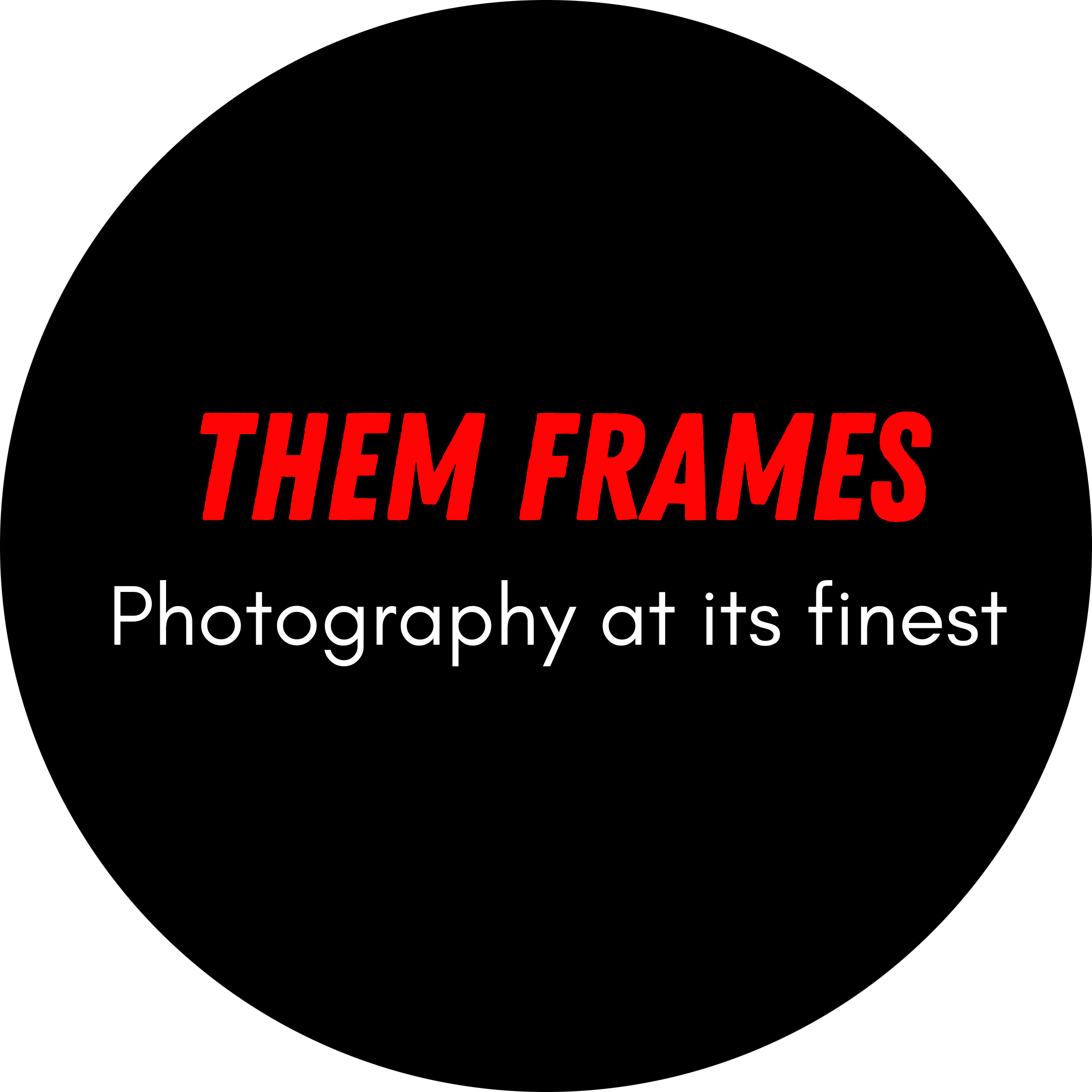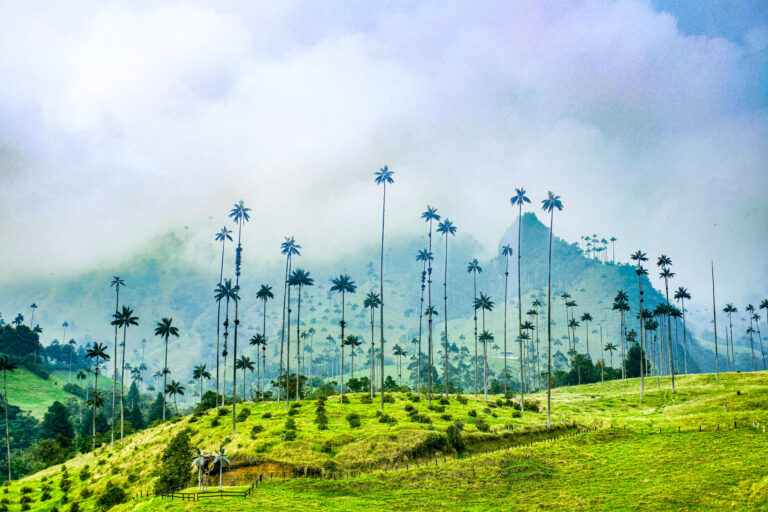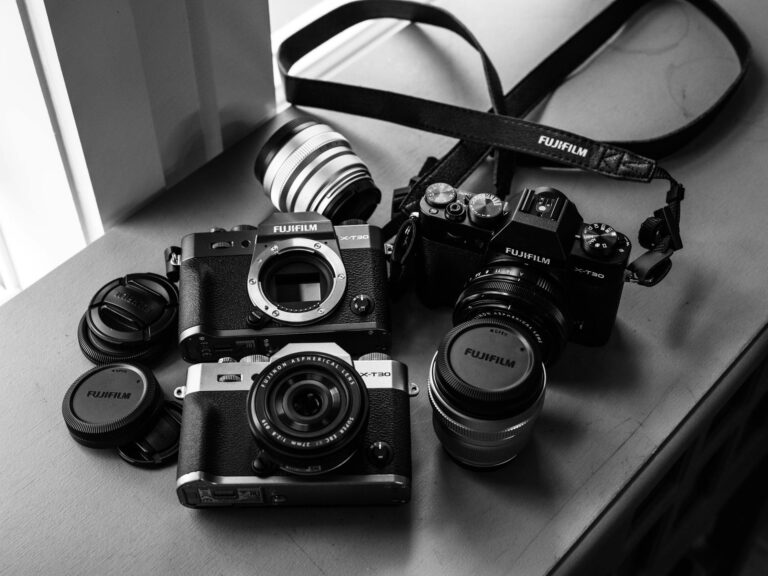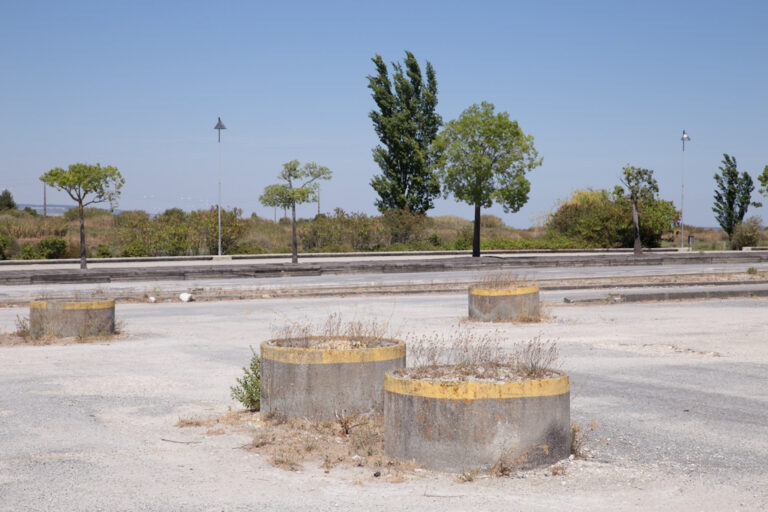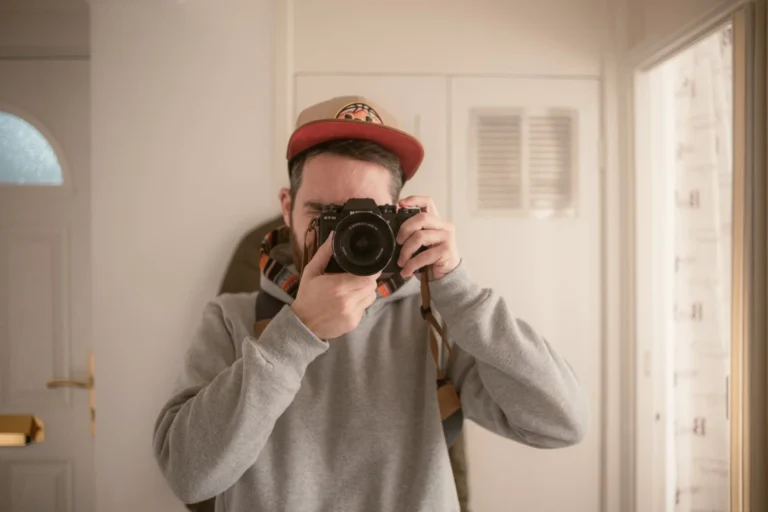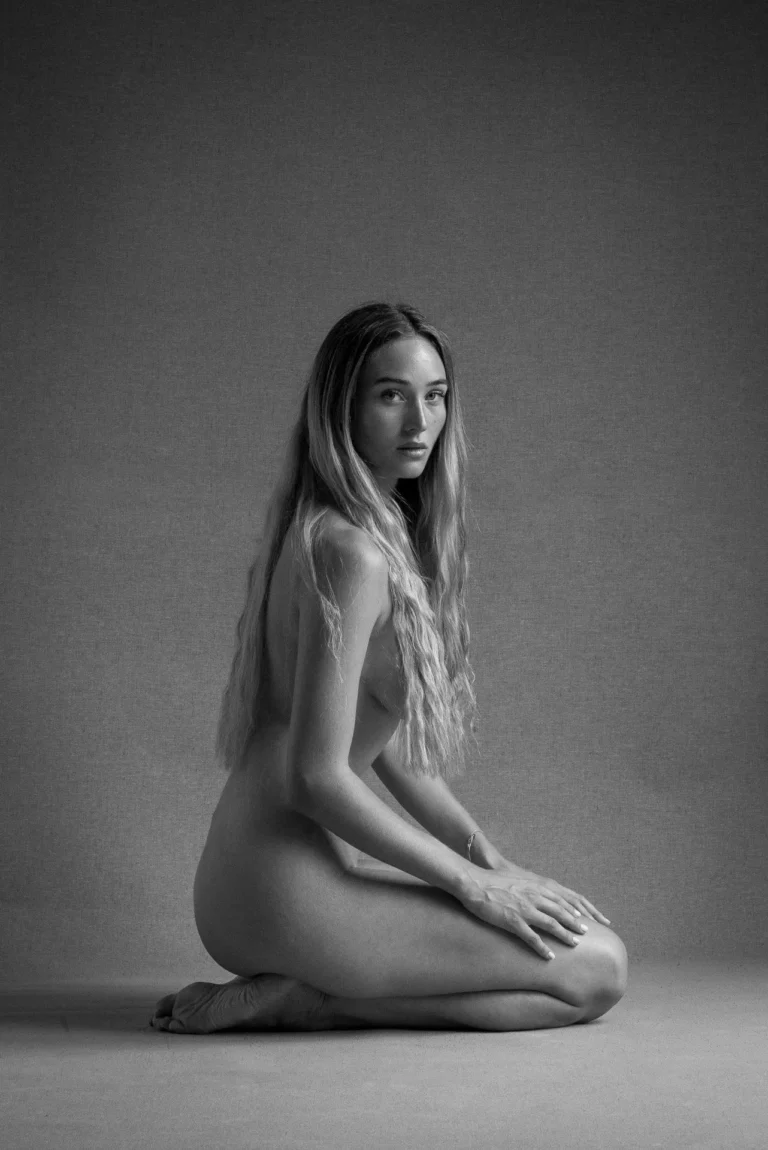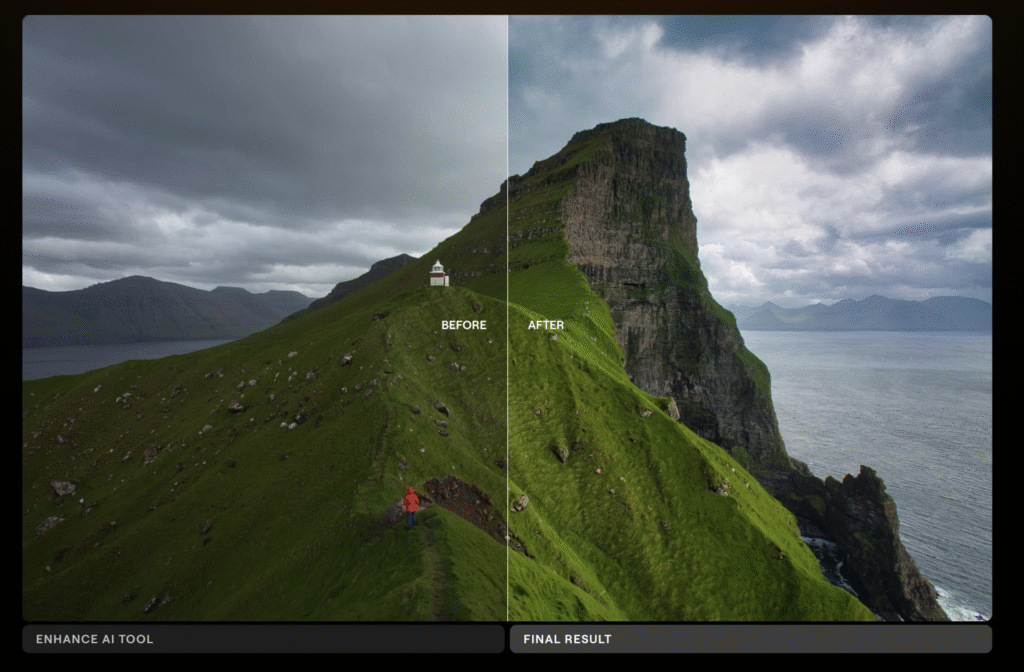
Luminar Neo
AI photo editing has become a hot topic in the photography industry. Some people embrace these technological advancements, while others want no part of them. Personally, I sit somewhere in the middle, and I’d like to share my thoughts on this growing trend.
The Benefits of AI Photo Editing
Most of the best photo editing software includes some form of AI functionality. Some tools are subtle, helping you speed up tasks like removing objects. Others go further, allowing you to swap skies, change faces, or even add entirely new subjects to a frame.
In my workflow, I prefer to keep photos as close to their original form as possible. However, there are times – for example, when shooting street portraits – when removing a distracting object can make an image stronger.
In the past, I avoided spending hours in Photoshop trying to erase unwanted details. But since programs like Luminar Neo and Lightroom introduced AI-powered object removal, it has become easier to deliver more impactful photographs.

Creative Expression and AI Photo Editing
Swapping skies or adding artificial light isn’t my style. Still, I see these features as creative tools, and I believe people should be free to express themselves however they wish.
That said, I draw the line at certain AI tools such as face replacement and body modification. I’ve spoken out against these practices for years, even before AI, when photographers did them manually in Photoshop. My belief is simple: help people love themselves, not a fake version of who you think they should be.
The Arguments Against AI Photo Editing
What about those who reject AI in photo editing altogether? I see two main arguments.
The first, which I tend to agree with, concerns how some AI tools are trained. Generative AI systems often learn from real photographs. That may mean borrowing (or, rather, even stealing) ideas, concepts, and work from human creators in order to build functional editing tools that support with generative AI.
I understand why this feels unacceptable. Still, I don’t believe most photographers are using AI in that way. They’re doing the work in-camera, then fine-tuning with AI. Software doesn’t need another photographer’s work to remove lampposts, add clouds, or adjust color, exposure and sharpness.
The second argument is: “I spent years learning Photoshop, and now people can do some tasks in a single click.” But here’s the thing, you can now do those tasks in a single click as well.
Edited with Luminar Neo; It took one click and less than a minute to remove the power lines
Signing Off
Speeding up workflows isn’t a bad thing. It doesn’t diminish anyone’s creative abilities. We should welcome tools that make editing easier, less repetitive, and more efficient, allowing us to reach our creative goals faster.
It’s worth remembering that ideas and concepts begin in the mind. Tools simply help bring them to life. AI photo editing makes that process easier than ever. And if that’s the case, is it really a bad thing?
More reading: The Best AI Photo Editor
Want your work featured on Them Frames? Pitch us.
This article contains links that if you purchase anything through them, Them Frames gets a small kick back. It helps run the site. Thank you.
